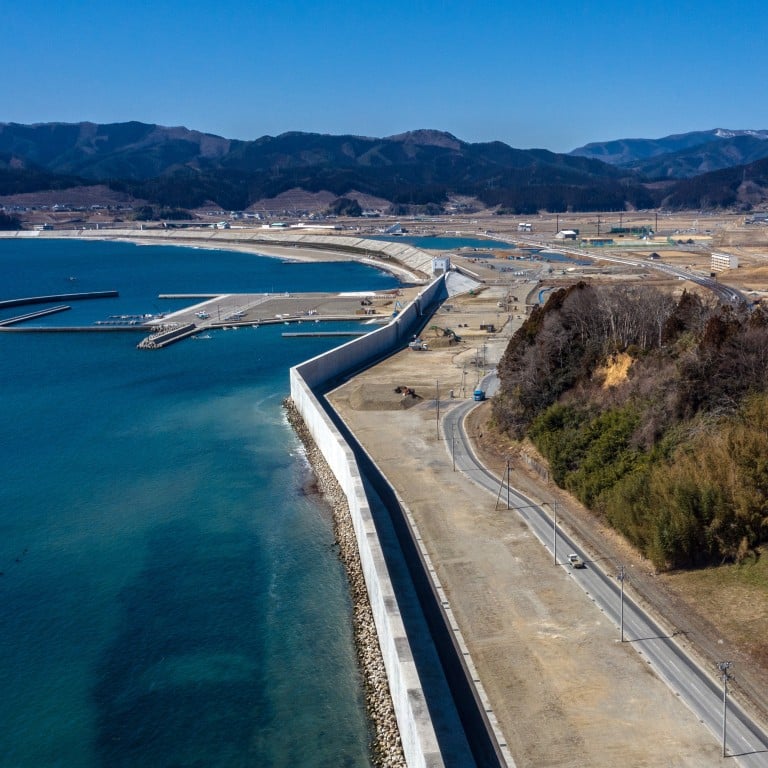
Holiday in Fukushima? 12 years after earthquake and tsunami Tohoku, Japan shifts from dark tourism to ‘hope tourism’, with tours focused on its rebuilding
- Northeast Japan has had enough of being a dark tourism destination following the devastation wrought by a 2011 earthquake and tsunami
- It is launching a scheme to promote tours that showcase the region’s reconstruction. Fukushima, where the tsunami caused nuclear disaster, could be a hard sell
After more than a decade as a “dark tourism” destination, the northern part of Honshu – Japan’s largest island – is reinventing itself to offer travellers a distinctly different experience: reconstruction tourism.
The aim, organisers say, is to shift visitors’ attention away from areas that were devastated by the March 2011 Great East Japan Earthquake and tsunami, which killed more than 20,000 people.
Instead of shock at the still evident scars of the worst natural disaster to strike Japan in living memory, the idea is to show how towns and villages across Tohoku – the name of the region comprising the six prefectures in northern Honshu – are building back better.
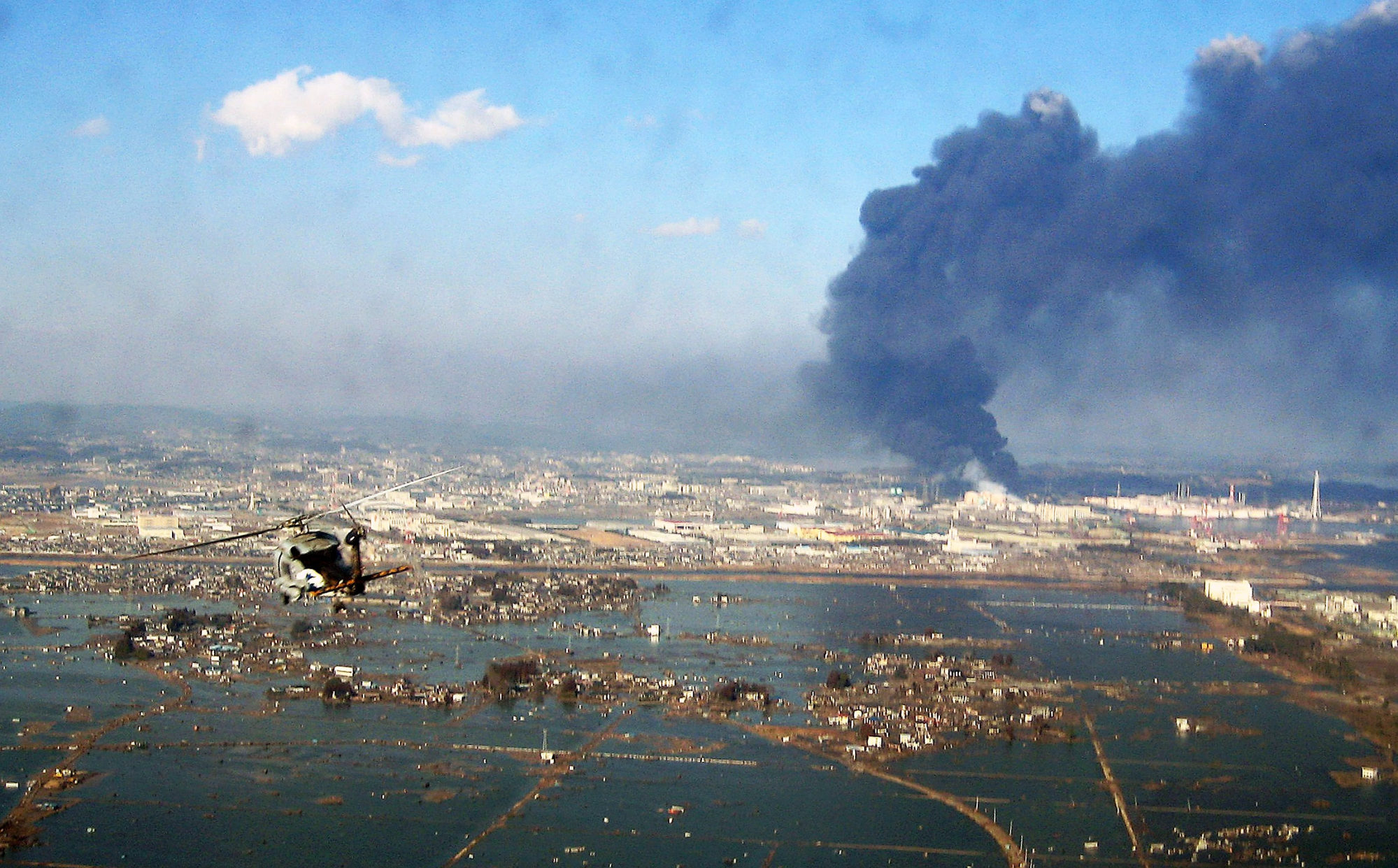
“Twelve years have passed since the earthquake and progress has been made in redeveloping places in the areas that were affected so we can pass on the memories of the disaster and learn about disaster prevention and mitigation,” says Toru Inoue, who is JR East’s head in the initiative.
“As the next step in the rebuilding process, we want more people to visit the region and see facilities that are being constructed there,” Inoue says.
Companies and communities in the affected regions have introduced a number of tours, but the new organisation, provisionally titled the Tohoku Reconstruction Tourism Promotion Network, is designed to act as a one-stop shop for all travel opportunities.
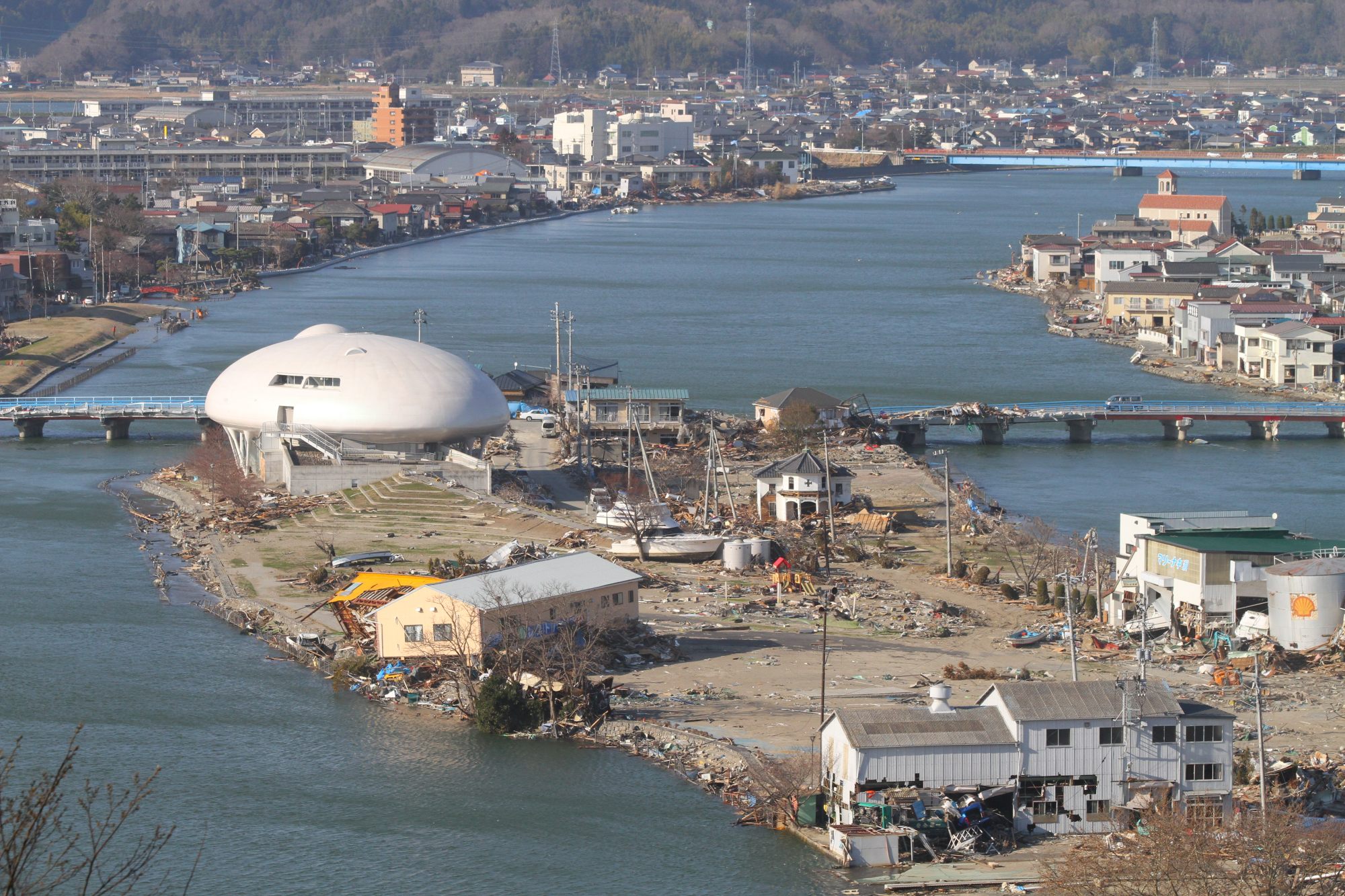
A few bays further north is Rikuzentakata, a town known for the hundreds of pine trees that backed its curving sand beach. Both the town and its trees were scoured flat during the disaster.
Other scenic coastal towns that bore the brunt of the tsunami include Kamaishi and Ofunato; the city of Sendai was badly hit too.

The tours will take in museums and memorials that tell stories of the disaster, as well as temples, shrines, other museums and historic sites that have since been rebuilt.
“We would [also] like visitors to enjoy the stunning nature of the Tohoku region and enjoy the unique culture and delicious local food,” Inoue says.
In some locations, visitors will be able to meet people who experienced the disaster, Inoue adds.

“We believe these people can share information on how they were able to safely evacuate the affected areas, the importance of being prepared and of appropriate decision-making. In that way, we believe tourists will see the disaster as a personal matter that also affects them.”
There were more than 57.2 million domestic and foreign visitors to the prefecture in 2010, the year before the second-worst nuclear accident in history, but by 2021 that number had fallen to less than 35.5 million, almost all of whom were domestic travellers.
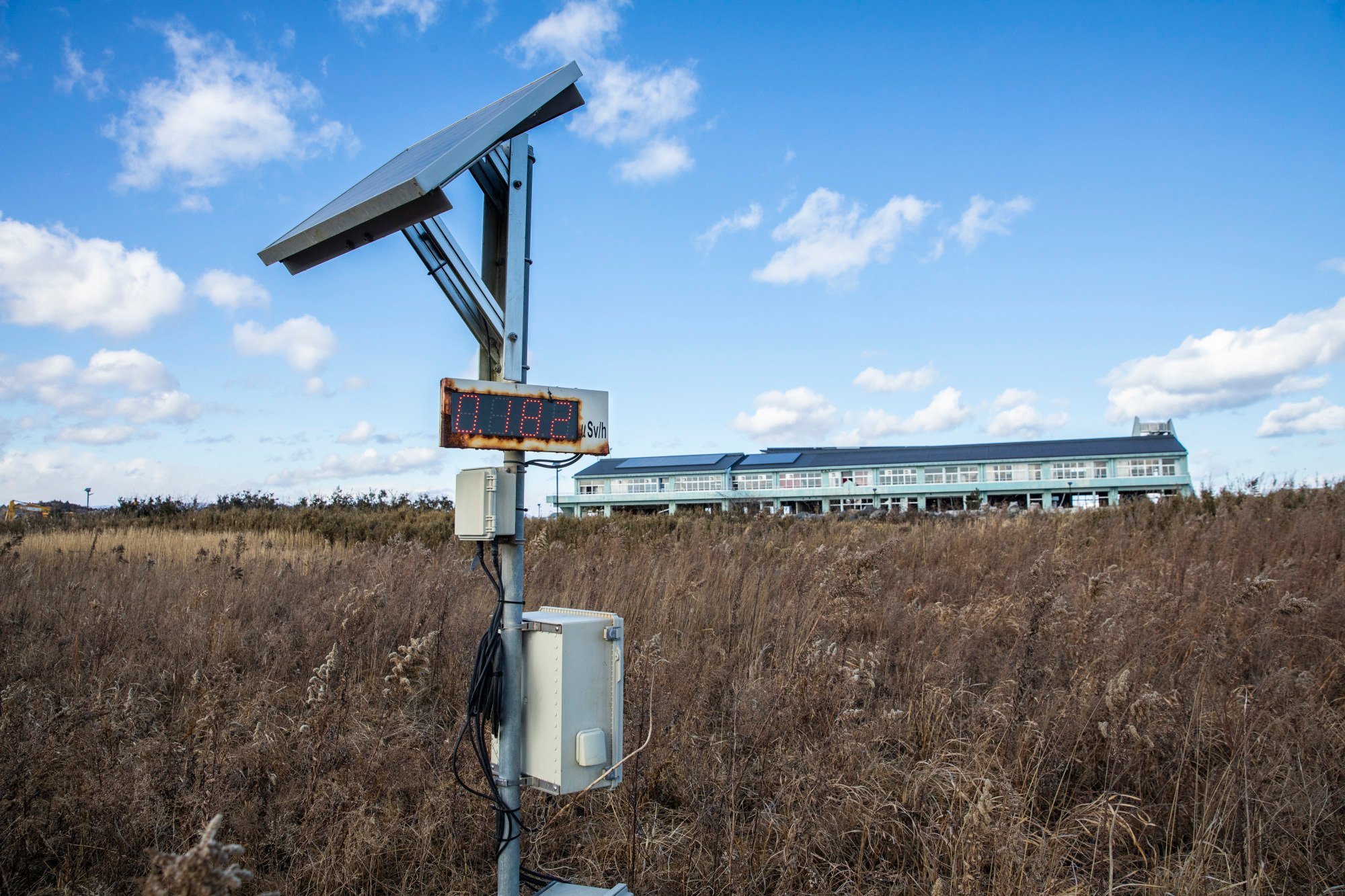
Masanari Kanno, who is in charge of recovery tourism for Fukushima prefecture, believes there are many reasons to be optimistic.
“Officially, we call this ‘hope tourism’ and we have several unique facilities that visitors will be able to experience,” Kanno says.
The Great East Japan Earthquake and Nuclear Disaster Legacy Museum has been built in the town of Futaba, and in nearby Namie the Ukedo Elementary School – which was safely evacuated even though it is just 300 metres (330 yards) from the sea – has been preserved as a reminder of the scale of the tsunami, which in places along the coast reached heights of more than 40 metres.


The town of Tomioka has a museum that gives the perspectives of people who had lived just 12km (7.5 miles) south of the nuclear power plant since its construction in the 1960s.
Tokyo Electric Power, the operator of the plant, has opened the Decommissioning Archive Centre in Tomioka, where videos and dioramas explain what’s required to render the site safe.
An interim storage facility in Okuma, which will hold topsoil and plants, vehicles and rubble coated in radiation released from the reactors until it is safely disposed of, is open to the public.
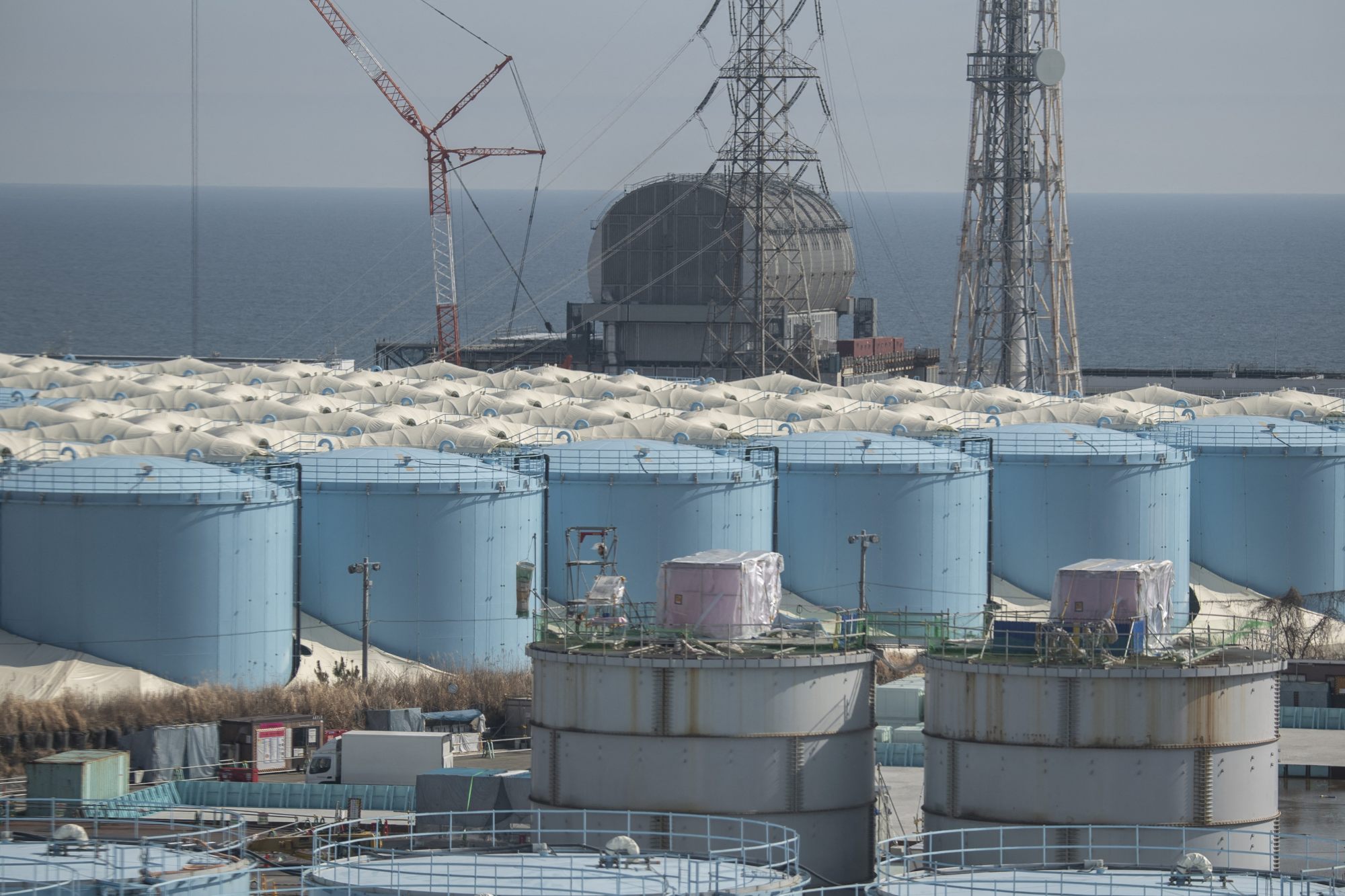

Fukushima prefecture has appointed 20 “field partners” to guide visitors to the main sites, and meetings can be arranged with experts from a range of fields, including medicine, social welfare, agriculture and education – “People who are boldly taking up the challenge of recovery,” Kanno says.
“‘Hope tourism’ allows visitors to explore how the earthquake and nuclear disasters are personal matters to each of them, rather than seeing them solely as a local issue or someone else’s problem, and when a natural disaster could strike at any time,” he says.

